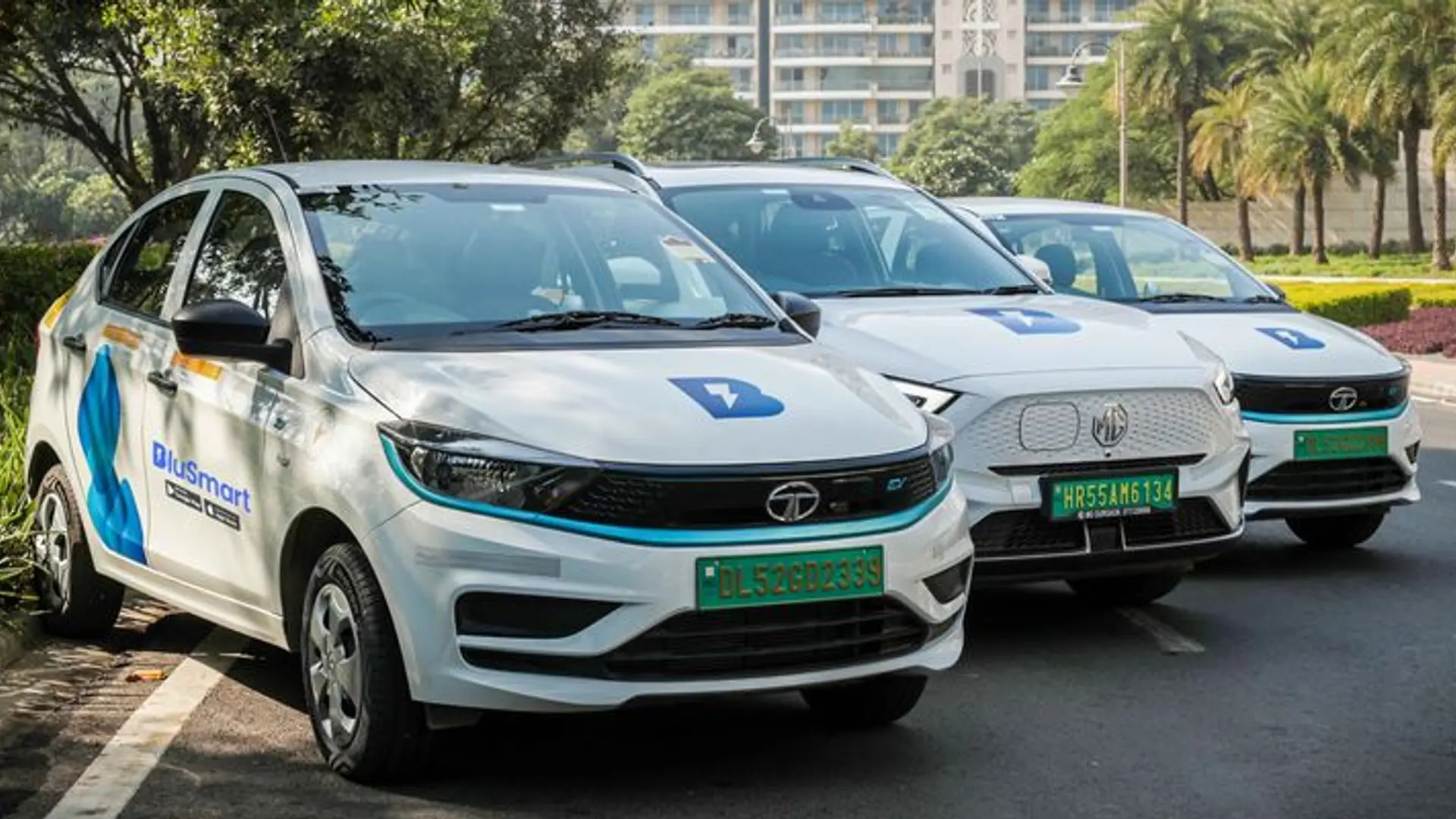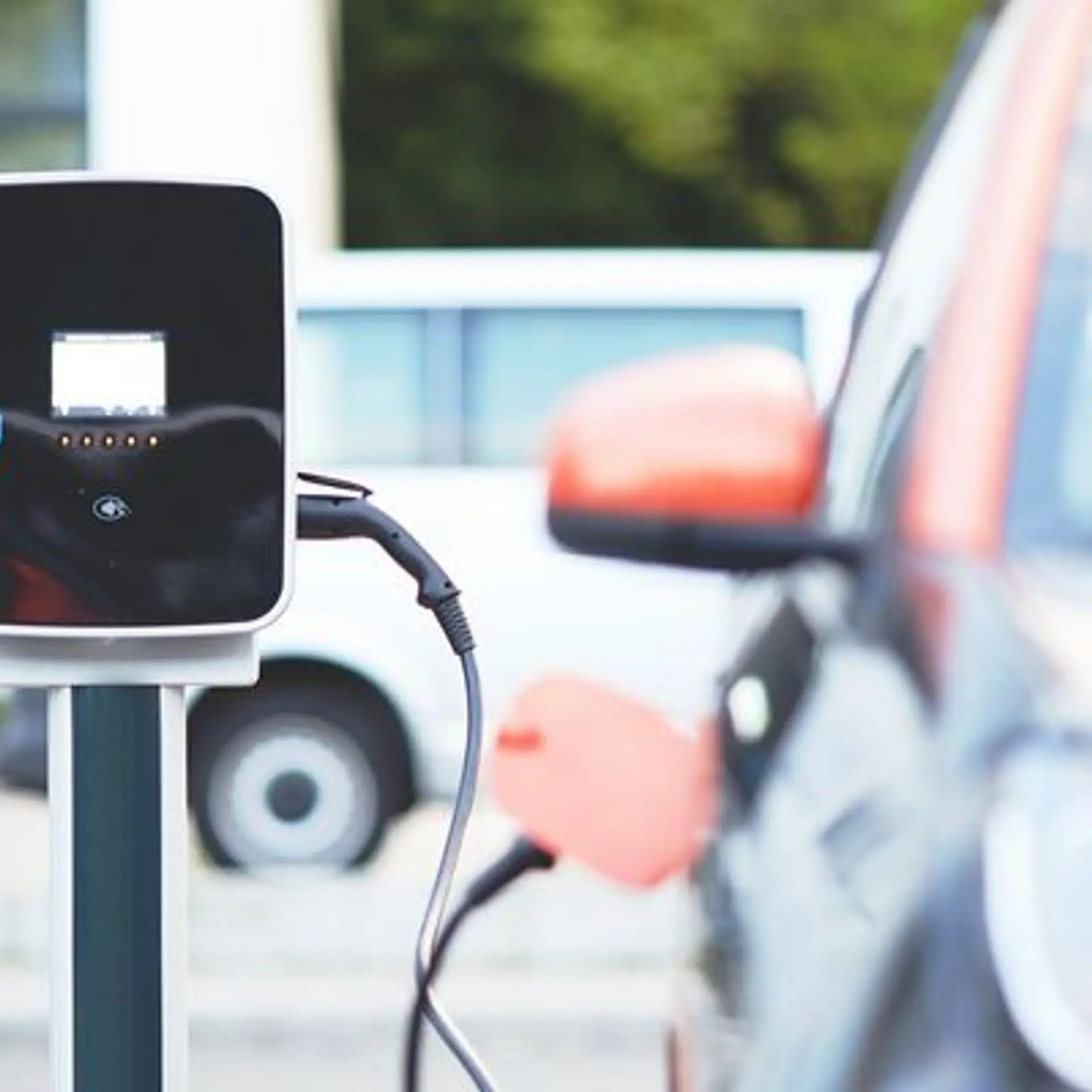Take off: What drone sector stakeholders hope for in Budget to accelerate adoption
A World Economic Forum report suggests that the drone sector will lead to a GDP boost of 1%-1.5% and create at least 5,00,000 jobs in the coming years.
India's drone sector is raring to go. It has everything going for it—rapid innovation fuelled by startups, strategic investments, and a supportive government framework.
Ever since the Minister of Civil Aviation liberalised the drone ecosystem in 2021 and cut red tape, there has been an unprecedented surge in startups, investment inflow, and technological advancements. Prime Minister Narendra Modi had earlier laid down the vision to make India a drone hub by 2030.
That can only happen through a policy push promoting deep tech companies and enabling the commercialisation of drone technologies, Ankit Mehta, CEO of , suggests.
"Key measures should include expanding the PLI scheme for drones, establishing a dedicated R&D fund, creating common testing facilities, and scaling up government-led market opportunities," he tells YourStory.
There’s enormous scope for the drone ecosystem to grow. A NITI Aayog report projects a $15 billion market for unmanned aerial vehicles (UAVs) in India by 2030. It is expected to grow at a compound annual growth rate (CAGR) of 35% in the sector from 2025 to 2030.
Additionally, drone startups secured $50 million in investment in FY24, a 3X increase from the previous year, according to NITI Aayog.
Drone startups are finding good use across sectors. Chennai-based Garuda Aerospace is working to enhance public safety and surveillance in urban areas, large events, and emergencies using drones. Meanwhile, Bengaluru-based Skylark Drones offers advanced mapping and surveying solutions in agriculture, construction, mining, and urban planning.
The investor interest is buoyed by technological breakthroughs and startups like Delhi-based BotLab Dynamics building robust IPs, particularly in high-growth markets like defence.
“While most offtake is in the sector, emerging applications with promising growth potential are also considered,” Rahul Rajani, Investment Professional at BlackSoil, says.
Many analysts YourStory talked to agreed that the upcoming Budget for FY25 needs to include pro-technology policies that promote growth by investing in digital infrastructure, supporting businesses and startups, and encouraging emerging tech sector investment.
Government support and policy interventions
The government has introduced several policy interventions to accelerate the growth of the drone tech sector.
A World Economic Forum report suggests that the sector will lead to a GDP boost of 1%-1.5% and create at least 5,00,000 jobs in the coming years.
Introduced in 2021, the production-linked incentive (PLI) scheme for drones, with a budget of Rs 120 crore, aims to boost drone and component manufacturing and targets Rs 900 crore in annual sales by 2024-25.
The National Deep Tech Startup Policy (NDTSP) is another significant step towards fostering innovation and economic growth in the drone sector. "This policy aims to secure India's economic future, advance a knowledge-driven economy, and encourage ethical innovation," Mehta adds.
Recent policy interventions have tackled fundamental issues by prohibiting imports, promoting domestic manufacturing, and liberalising drone exports.
“However, more push is required to expand the horizons of the PLI scheme, Make-in-India initiatives, etc., to address the vital issue of the domestic component manufacturing ecosystem,” Rajani points out.
The central government launched the Drone Didi scheme in November 2023 to empower women in self-help groups and agriculture by training them as drone pilots for agricultural tasks. The initiative provides agricultural drones to 15,000 women-led self-help groups to generate extra income opportunities.
“To achieve its goal of becoming a global drone hub by 2030, India must streamline policies, expedite regulatory clearances, and implement initiatives like 100% subsidies on drone training and GST waivers (which is 18% for now) for drone-related technologies,” says Prem Kumar Vislawath, CEO and Founder of .
He further adds, “Establishing dedicated testing facilities and expanding schemes like the Drone Didi Yojana will further empower rural agri-entrepreneurs and foster inclusive economic development through drone technology,”
Union Minister Piyush Goyal recently emphasised that the PLI scheme for drone components aims to kickstart sectoral progress, particularly in agriculture, rather than perpetuate dependency on government subsidies.
Navigating regulatory hurdles and skilled workforce
Despite its upward trajectory, the industry faces complex regulatory challenges, such as those governing beyond visual line of sight (BVLOS) operations, which are still in development. BVLOS refers to the operation of UAVs where the pilot or operator cannot see the drone with their own eyes.
"The Directorate General of Civil Aviation (DGCA) approval process has been complex, and some key regulations, such as those governing BVLOS operations, are still in the nascent stage," says Vislawath.
Drone startups are in constant touch with regulatory bodies to stay updated on evolving regulations. "We engage with regulatory bodies such as the DGCA to ensure compliance and participate in industry forums to shape favourable policies," states a drone industry representative.
The growth in the budding sector has created a high demand for skilled engineers and technicians. Startups are addressing this by launching training programmes in collaboration with educational institutions to build a skilled workforce of engineers and technicians.
“Startups in the drone tech and space tech sectors are attracting talent from the defence industry,” Rajani remarks, adding, “Yet, the swift growth of these sectors demands an expanded talent pool, prompting the government to simplify drone. pilot licensing requirements."
The government relaxed drone pilot licensing requirements in 2022, eliminating the Remote Pilot License mandate. The new remote pilot certificate, valid for ten years if registered on the digital sky platform, aims to expand training institutes nationwide, particularly in the agriculture sector.
In addition to regulatory and workforce challenges, drone startups have had to navigate various operational challenges, including infrastructure, supply chain, and compliance issues.
Despite the promising outlook, challenges such as a lack of domestic component manufacturing, talent retention issues, and inadequate infrastructure persist.
"To mitigate these risks, we assess each company's approach to the ecosystem, their dependencies on key manufacturers/customers, and their track record of execution," Ranjani adds.
Navigating costs and infrastructure
India’s drone manufacturing needs to be competitive and lower the costs of components including flight controllers, sensors, batteries, and motors.
Vislawath explains, "The cost of drones in India is high due to the absence of domestic manufacturing for critical parts and spares. Although government subsidies have made it easier for farmers and rural entrepreneurs to adopt drones, widespread adoption will be necessary to drive down production costs through technological advancements."
Projections by Markets and Markets indicate a growth in the Indian drone market, with drone volumes expected to increase from 10,803 units in 2024 to 61,393 units by 2029.
Addressing infrastructure challenges, drone startups are upgrading industrial sites and collaborating with local authorities to build advanced facilities.
"We’ve established strong relationships with both domestic and international suppliers and promoted local production of drone-specific parts to ensure a reliable supply chain," he adds.
Edited by Kanishk Singh







